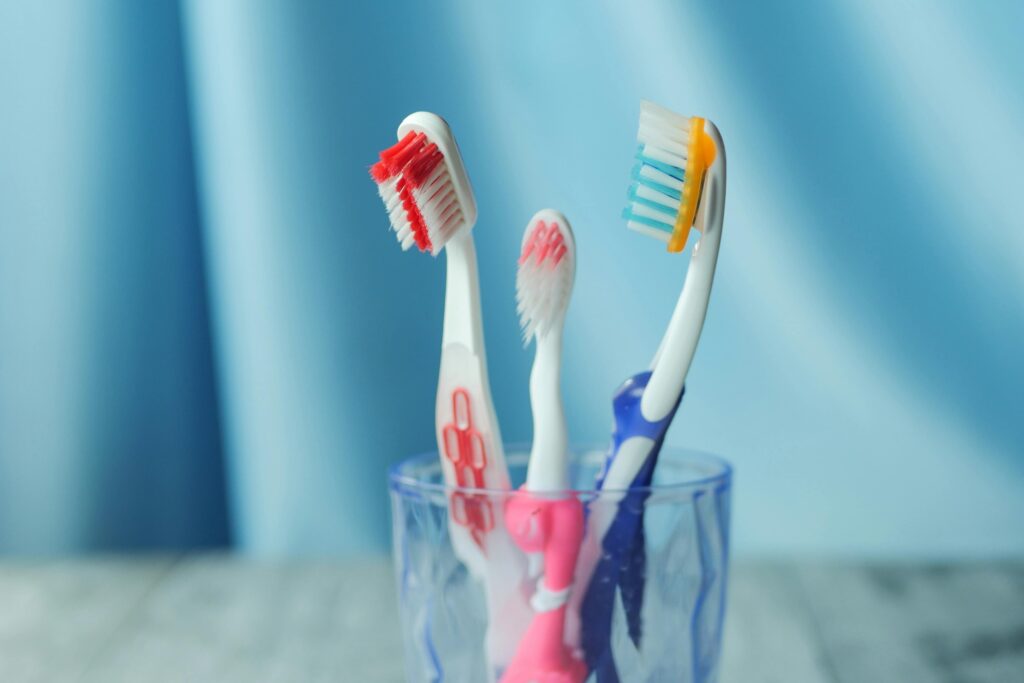
Are you a proactive parent who simply wants to be able to sleep easy, safe in the knowledge that you have done the right thing by your kids? Of course you are! That’s why, today, we’re going to be taking a look at the increasingly popular trend of fluoride varnish so that we can see whether or not it is safe for your kids.
Let’s dive into the details so that we can guide you through everything parents like you need to know.
What is fluoride varnish?
Fluoride varnish is a very common form of dental treatment that has been used to prevent decay and damage for a long time. When a skilled dentist applies the correct type, consistency, and thickness of varnish, they are able to provide a much-needed additional protective barrier. This is particularly important for young children who have high levels of sugar in their diet.
Where can you get fluoride varnish?
Although we’re always focusing on the role of being a parent, this is one that is best left to the experts. Dental practice managers will typically be tasked with the job of securing a steady supply. The best approach, if this is your job, is to purchase premium quality dental varnish from a well-established specialist supplier with nationwide coverage. This will ensure that nothing is missed or overlooked and that positive patient outcomes are maximised at every stage.
How does fluoride varnish work?
This is something that both parents and practice managers can benefit from knowing — anyone who doesn’t have a technical background in the world of dental care, for that matter. The varnish is specially formulated to contain a safe concentration of fluoride which is designed to strengthen the tooth enamel, making it more resistant to the onset of decay. In a world where sugar seems to have been added to so much of what our children eat and drink, this is particularly important.
How often is fluoride varnish applied?
This is another question that parents will naturally ask and that dental practice managers need to know the answer to. Dentists will typically apply a new coat of this specialist varnish once every 6 months, ensuring that the same type and consistency is used.
This second point is particularly important for practice managers to heed as they will be tasked with ensuring a consistent supply of varnish. Making sure that you are connected with a single point of contact who works as part of a nationwide network of specialist dental supplies is really important. Doing so will ensure that you have everything on hand to deliver the positive patient experience that parents expect of their local dental practice.
Is fluoride varnish safe for children?
Yes, and not only is it safe, but it also comes highly recommended by dental experts. While this will no doubt be very reassuring for parents to hear, it’s also something that practice managers and other patient-facing members of the administrative team need to be aware of. If part of your job involves booking follow-up appointments and calling to leave reminders on patients’ phones, knowing to stress the key point around child safety can make all the difference.
When you consider that there always seem to be scary stories and conspiracies online about fluoride levels in the water, highlighting the safety of varnishing kids’ teeth becomes particularly important. This becomes even more the case when you factor in the harm that a high-sugar diet can do to a child’s teeth if they are not adequately protected against plaque and decay.
What aftercare steps are required?
A skilled and knowledgeable practice manager or receptionist will be trained in providing those all-important final reminders to patients as they leave the practice. Brushing and flossing should be avoided for 6 hours, and eating and drinking need to wait for at least 30 minutes so that the varnish has time to fully dry and cure.
A gentle reminder from a skilled and knowledgeable member of staff who is always polite and attentive will make sure parents know everything they need to know. If you are reading this and you’re currently managing a practice, you may also consider stocking a range of recommended flosses and brushes. You could show them to the parents who may wish to treat their child to a themed brush that they can use that night for being so good in the chair. Not only does this reinforce the need to wait to brush, but it can also boost patient loyalty and improve retention rates.






